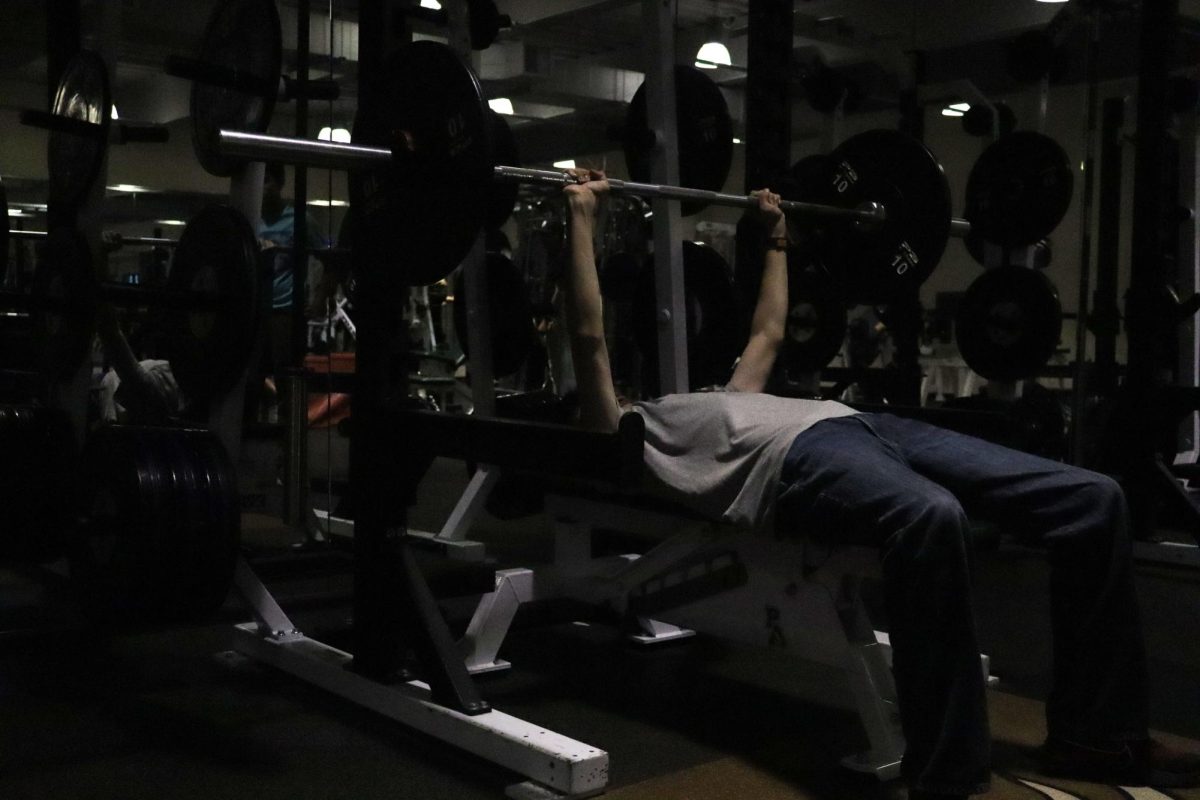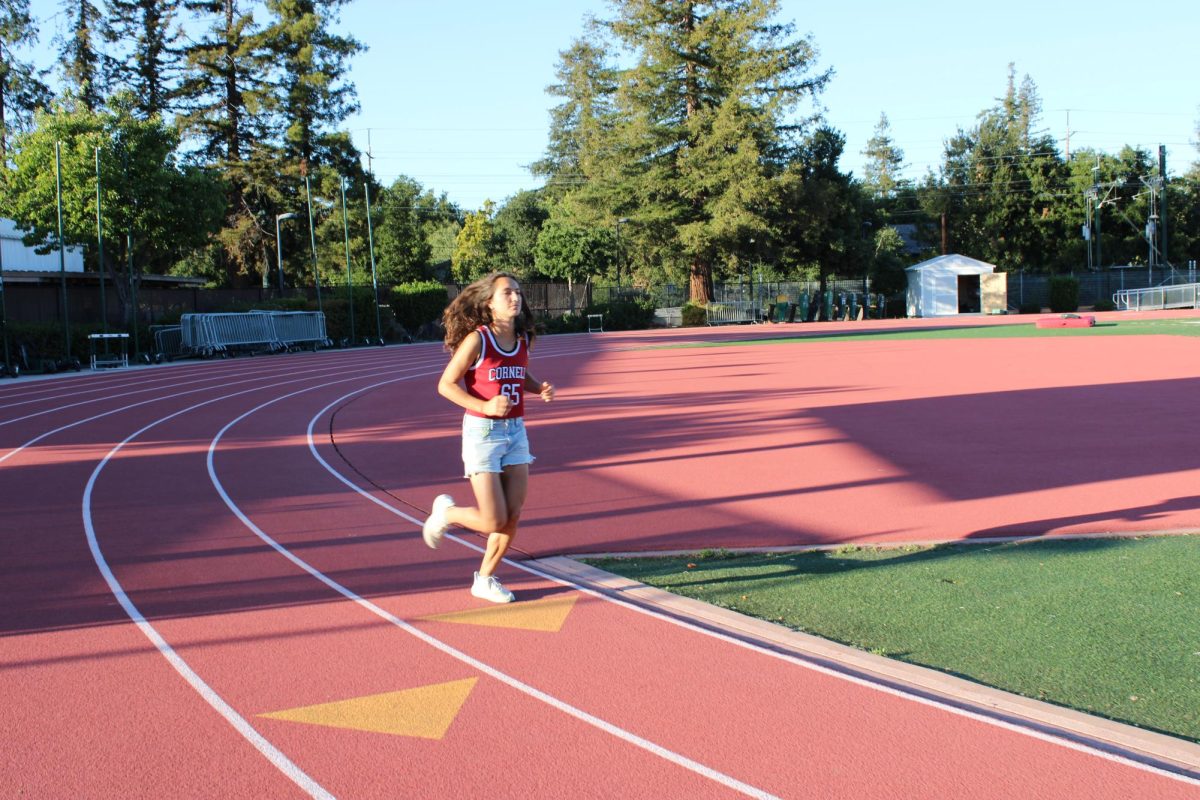Sounds of metal clanging against metal fill the room as junior Isaiah Walker positions himself under the bench press, gripping the bar and aligning his eyes with it.
Following the motion of his arms, the bar falls and rises in a rhythmic pattern, matching up with Walker’s synchronized breaths.
For Walker, like for many student athletes, weight lifting functions as a method of cross-training meaning engaging in two or more types of exercise in order to improve fitness or performance in a main sport.
While initially introduced by runners according to Healthline, cross-training has grown in popularity across multiple spots
For instance, Walker said his weight lifting sessions serve as a type of morning routine for his work on the football team.
“We have zero period so I’m down there (lifting on) Monday to Thursday, every morning,” Walker said. “Coach writes up a program (and) typically it’s a full body (workout). We’ll do two circuits. One’s upper half and one’s lower half, and that’s basically what we have for the day.”
Due to the added benefits of training specific muscle groups through lifting, Walker said that strength training benefits his performance on the field, particularly for his ligaments, tendons, bones and cartilage.
“The workouts help us get stronger and faster,” Walker said. “In game, it’s helping us. Also, working out just prevents injuries.”
For weight training to work at its maximum potential, freshman cross country runner Mikah Williams said it’s important to consider diet among other factors.
“Another thing I want to do is eat a lot of calories because cross country burns a lot of it,” Williams said. “It’s hard to build muscle if you’re burning a lot of calories.”
Lower-body lifting workouts can improve muscle strength in areas such as the hip flexor, leading to better running form and potentially reducing risk of injury.
However, the anaerobic nature of lifting means runners see negligible gains in their cardio and respiratory systems while increasing their overall weight.
As a result, Williams said he focuses on lifting as a separate activity from running.
“I don’t think it really helps you that much with running,” Williams said. “If anything, you’re carrying more muscle mass.”
Though lifting remains a popular form of cross-training, other forms of cross-training exist. Junior and cross country runner Megan Lemoine said she enjoys supplementing her training with group bicycle rides.
“I like the social aspect,” Lemoine said. “Everyone’s super nice and supportive, and they have a lot of fun.”
According to Live Sciences, cycling has a lower impact on joints compared to running, and can also offer an alternative method for runners to train while injured.
“Freshman year, I hurt my knee,” Lemoine said. “I took a lot of time off running, and I did workouts on the bike instead, mostly stationary, but also a little outside.”
As with any other form of athletic training, cross-training ultimately requires grit and determination. Walker said anyone can see the benefits of cross-training.
“Just be willing to put in the work,” Walker said. “Be willing to do the hard stuff.”






